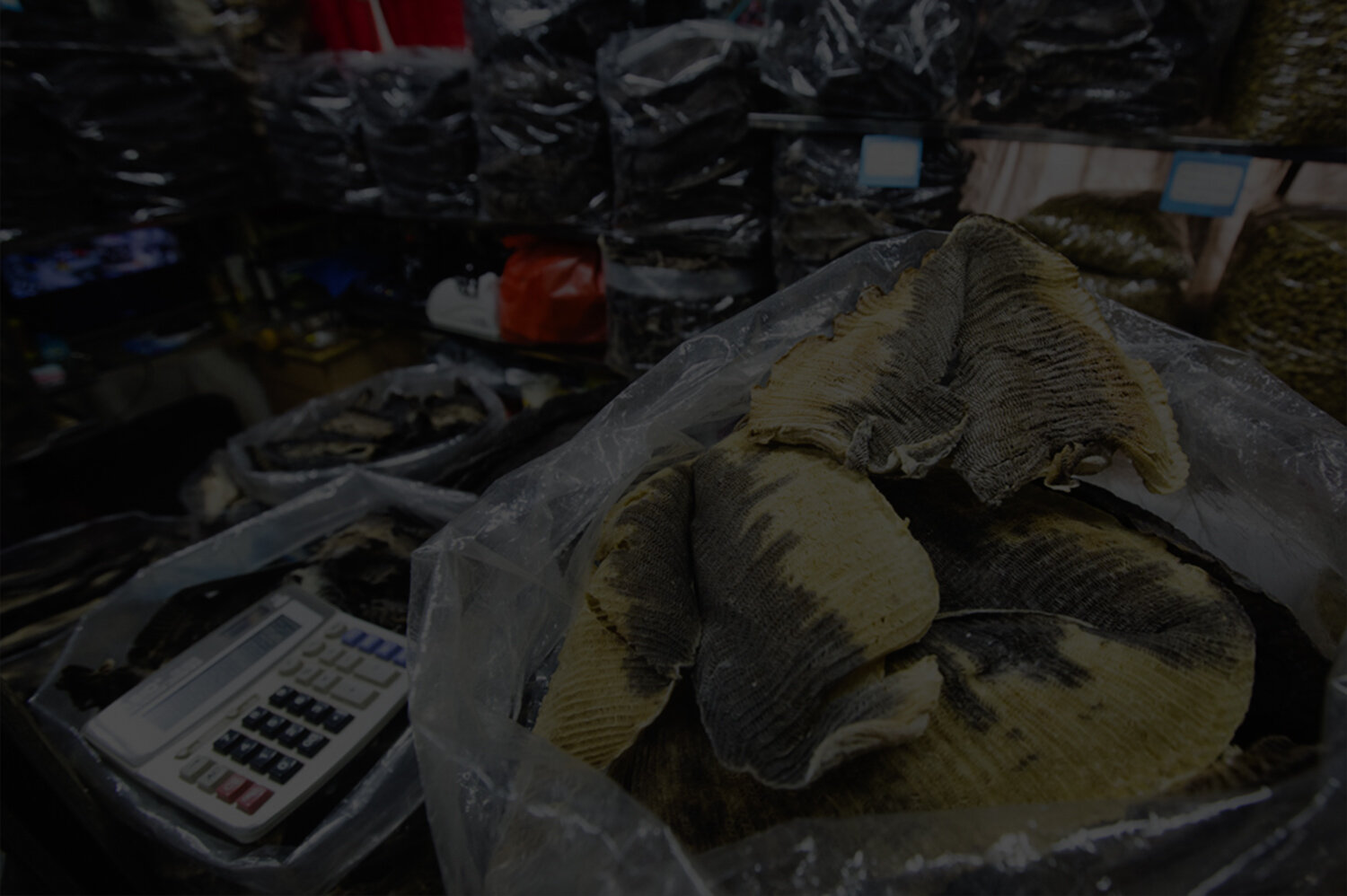
Life history vulnerabilities
Manta and devil rays (collectively, mobulids) are relatively large, slow-growing, migratory animals that form small, highly dispersed populations. They are among the least fecund of all sharks and rays, taking up to a decade to reach sexual maturity and giving birth to a single pup every two to three years after a gestation period of about one year. Such life history characteristics make them among the least productive species in the ocean and therefore very susceptible to anthropogenic pressures. Their aggregatory nature and schooling behaviour can make them vulnerable to even small-scale artisanal fisheries.
As a result of their conservative life history strategies, and like most other large marine animals, mobulid populations cannot sustain anthropogenic pressures without effective conservative management. Any fishery or other unnatural threat that removes even a modest percentage of the breeding adults annually is likely to result in a rapid decline in the overall population within just a few generations because the remaining mature individuals cannot breed fast enough to replace the losses.
FISHERIES
Manta and devil rays are experiencing high extinction risk due to unsustainable fishing pressure in both industrial and small-scale fleets. The oceanic and coastal habitats used by mobulids, as well as their aggregatory behaviour, exposes them to capture in a range of fishing gear, particularly in gillnet and purse seine fisheries, and they constitute a notable bycatch component worldwide, appearing in at least 21 small-scale fisheries in 15 countries/territories. Industrial fisheries also capture a considerable number of mobulids as bycatch, which has been estimated at ~13,000 individuals per year in the global tuna purse seine fleet. Although formal stock assessments are lacking, where data exists, mobulids are considered overfished.
Of particular concern is the exploitation of animals from within areas of critical habitats, where many individuals can be caught with relatively low effort. Recent studies have shown persistent population declines of up to 92.5% in some countries. Indeed, declines in the Indian Ocean are of particular concern, where experts suspect commercial extinction and local extirpation in certain areas. All mobulid species are now listed as either Endangered or Vulnerable on the IUCN’s Red List of Threatened Species.

Gill plate and meat trade
Mobulids were historically utilised domestically, primarily for meat and sometimes derivatives (e.g., cartilage and skin). In 2024, the meat of manta and devil ray is consumed locally in at least 34 countries and exported internationally over land or by sea. However, the greatest threat to mobulids is excessive targeted and incidental take in fisheries, driven, in part, by the international trade in gill plates for use in an Asian health tonic purported to treat a wide variety of ailments. Small pieces of the dried plates are added to a broth, along with crushed pipefishes and ginseng. The gill plates are marketed as having anti-inflammatory properties, clearing away heat and toxic material, and eliminating stasis to activate blood circulation. However, there is no scientific evidence to back up these medicinal claims. Unfortunately, the demand for these gill plates continues to drive unsustainable fisheries for these species, despite international efforts to regulate international trade.
Mobulid gill plate global trade map: Countries where mobulids are fished and gill plates are extracted. Specific landing sites are highlighted in yellow although landing can occur along the entire coast range. Processor sites for mobulid gill plates are highlighted in black.
Mobulid gill plate global trade map: Export and import routes of gill plates, exporting countries are highlighted in green, importer countries in yellow and exporters and importers countries in dark green. Trade routes are indicated by arrows.
Mobulid meat global trade: Countries where mobulids are landed and meat is locally consumed. Specific landing sites are highlighted in yellow, although landing can occur along the entire coast range. Reported processing sites for mobulid meat are highlighted in black.
Mobulid meat global trade: Export and import routes of mobulid meat, exporting countries are highlighted in light green, importer countries in yellow and exporters and importers countries in dark green. Confirmed trade routes are indicated by orange arrows while possible trade routes based on shark trade are indicated in blue.
Bycatch and Discard
The term bycatch is used to describe fish or other animals that are caught unintentionally in a fishery. While manta and devil rays are increasingly targeted for their gill plates in some countries around the world, bycatch of these large pelagic rays in industrial high seas fisheries is still primarily seen as worthless discard. Each year tens of thousands of manta and devil rays are caught as bycatch in the global hunt for more desirable species, such as tuna. The captured rays are often already dead, dying, or seriously injured before being thrown back into the sea. Indeed, post-release survival studies have shown that a significant proportion of the mobulids which are released alive after being caught do not survive. Post-release survival significantly improves if optimal handling and release guidelines are used.
The oceanic and coastal habitats used by manta and devil rays expose them to capture in a range of fishing gear, particularly in gillnet and purse seine fisheries, and they constitute a notable bycatch component worldwide.

Entanglement
Manta and devil rays are obligate ram ventilators, meaning they need to swim forward to enable oxygen-rich water flow in through their mouth and over their gills. Therefore, entanglement in a net or line often rapidly leads to asphyxiation and death. Unfortunately, manta and devil rays often do not see a thin mooring line or monofilament net directly in front of them as they swim forward, and because they cannot swim backward, they quickly become entangled as they flip and twist in their attempt to free themself. Mooring lines get wrapped around cephalic fins and the ray’s body, tying the ray up in knots. The exertion and lack of cool water flowing over the gills also leads to overheating, further quickening their demise. Another cause of mobulid ray entanglement is incidental capture in bather-protection nets, which are set near shorelines in some countries (e.g., Australia and South Africa) to protect swimmers from shark attacks. However, fisheries bycatch in seine and gill nets is one of the greatest threats to manta and devil rays worldwide because the rays often prefer the same habitat as commercially important species, such as tunas.
The conservative life history traits of manta and devil rays mean that populations are ill-equipped to recover from anthropogenic pressures, and therefore it is crucial to prevent and mitigate against these threats, where possible. Regarding mooring line entanglements, the Manta Trust has created protocols to follow for anyone who encounters an entangled mobulid ray (alive or dead), and guidelines to help reduce the risk of entanglement through the creation of mooring line mitigation measures.
Photos from the field





























